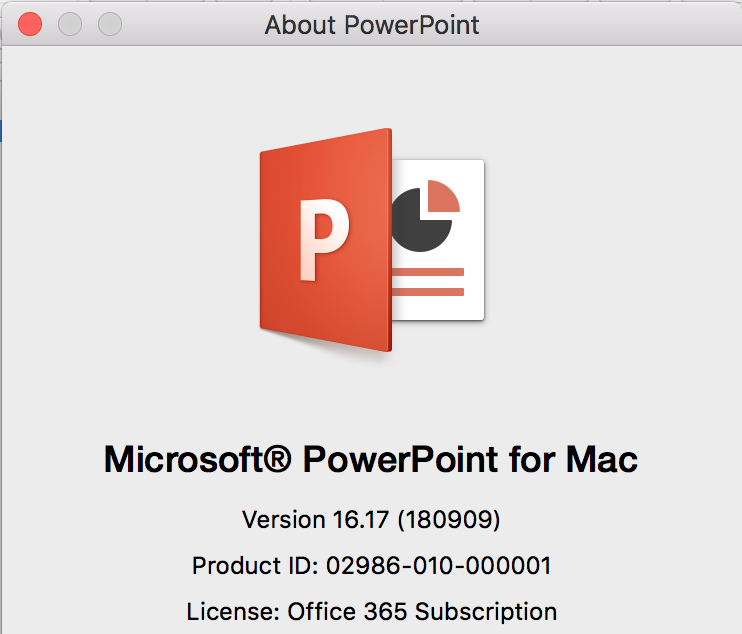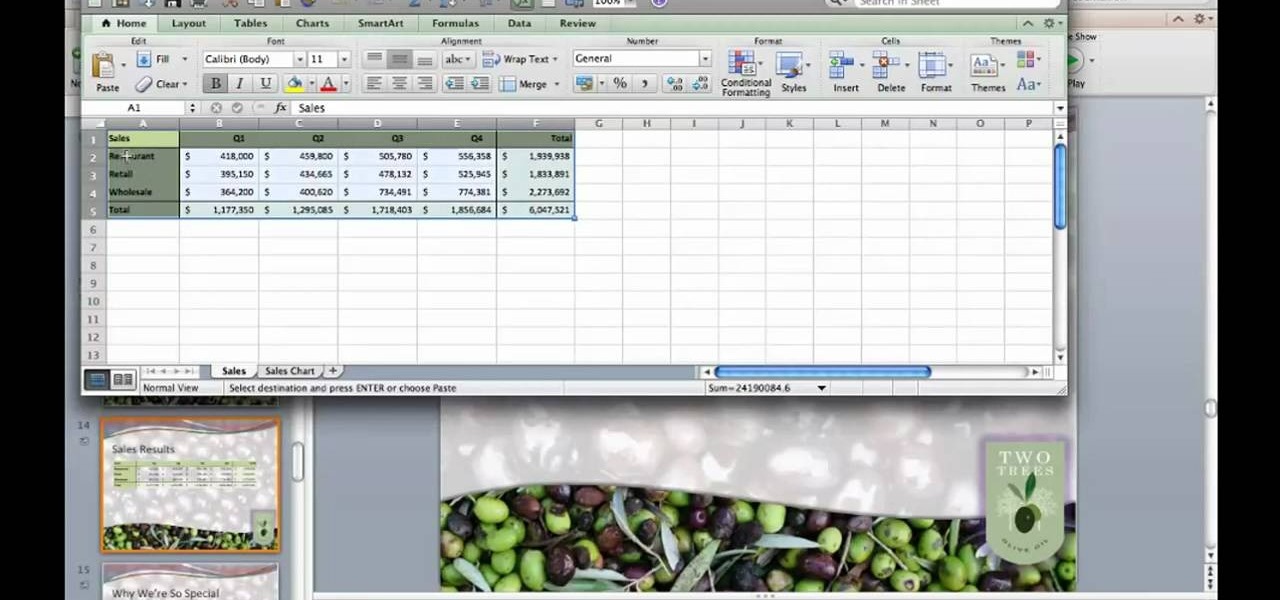

I say “encourage” because you can always break it and go off-brand with your creative muscle. Once a layout is assigned to a slide, it encourages the use of consistent positioning, sizing and styling of the content you populate the slide with. You might see eleven depending on your version of PowerPoint or more if you have a custom template. In the example above I’ve used the default Microsoft Office template and for Office 365, it includes nine default layouts. You can also right-click on an unoccupied area of the slide and click Layout from menu: You assign a layout to a slide by going to the Home tab and clicking the Layout drop down and then clicking the most appropriate layout design for your intended slide content:

Assigning layouts to slides in PowerPoint * This information is not accessible to you and if you delete placeholders or layouts from the master, you can seriously mess up your template, breaking it beyond repair.Īnd that’s why layouts, the creation and management of them are so important.
#Ppt for mac relink excel how to#
Now, when you copy content from your old presentation based on the old template to your new presentation based on the new template, PowerPoint tries to work out how to reassign each slide to a layout. What often happens is that the old template doesn’t contain the same number, identity or type of layouts as in the new template. This is very common in organisations that have issued revisions to templates either to make minor corrections and design tweaks or as a result of a more significant rebranding program. However, the monkey in PowerPoint comes to life when you work with presentations that have been built on different templates. If you only ever work with one template, then your life will be filled with smiles and sunshine. Each layout uses a set of content placeholders and each placeholder, depending on its type, may contain text, pictures, video or more complex content such as tables, charts and SmartArt.īacking up a bit, any and every presentation you create is based on a template, often deployed as a potx file, and each template contains all the slide masters and layouts used to keep your visual content on-brand. Layouts define how your content is consistently laid out on the slide in a way that respects your brand. Why are layouts in PowerPoint so important? You can also check out our PowerPoint automation service. I’m going to walk you through the pitfalls of slide master layouts and show you how to manage them and recover any deleted default Office layouts using VBA.

PowerPoint is an awesome tool for creating your latest presentation template but if you’re the person responsible for creating them in your organisation, you’ll know that PowerPoint often behaves like a badly-behaved monkey.


 0 kommentar(er)
0 kommentar(er)
